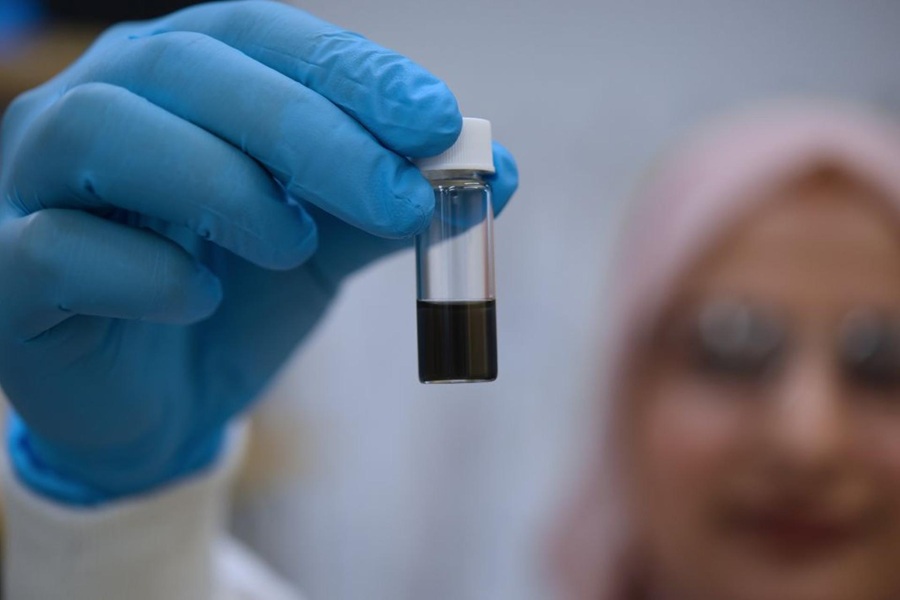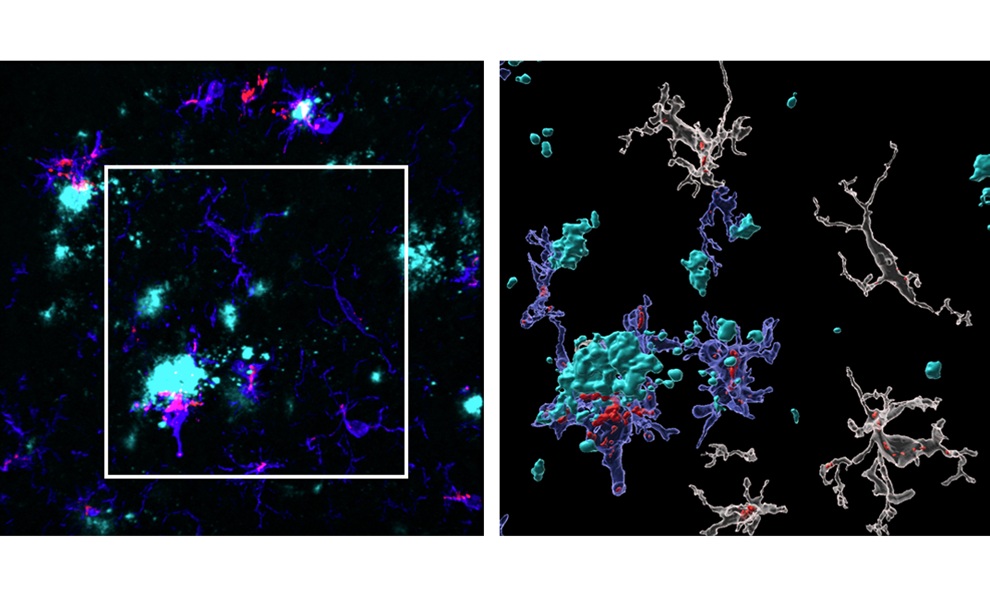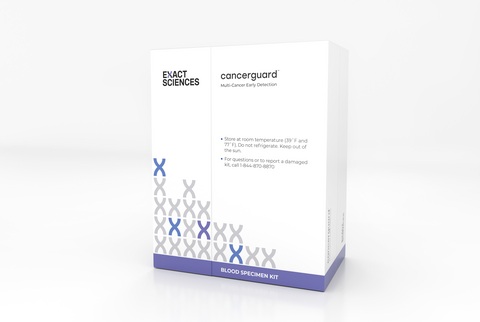Hemoglobin Cutoff Levels Evaluated for Anemia Among Healthy Individuals
|
By LabMedica International staff writers Posted on 19 Aug 2021 |

Image: Blood test for hemoglobin: cutoff levels reevaluated for anemia among healthy individuals (Photo courtesy of Glovision Diagnostics).
Anemia, or low hemoglobin (Hb) concentration insufficient to meet an individual’s physiological needs, is the most common blood condition and affects approximately one-third of the world’s population.
Hb cutoffs to define anemia were first established in 1968 by experts who stated that, “over 95% of normal individuals are believed to show Hb levels higher than the cutoffs given” (i.e., 11.0 g/dL for children and 12.0 g/dL for non-pregnant women. These cutoffs were derived from statistical cutoffs not linked with physiological or health outcomes.
A multidisciplinary team of medical scientists led by the Centers for Disease Control and Prevention (Atlanta, GA, USA) collected and evaluated from 30 household, population-based nutrition surveys of preschool children aged six to 59 months and non-pregnant women aged 15 to 49 years during 2005 to 2016 across 25 countries. Data analysis was performed from March 2020 to April 2021.
The team evaluated the current World Health Organization (WHO, Geneva, Switzerland) Hb cutoffs for defining anemia among persons who are apparently healthy and to assess threshold validity with a biomarker of tissue iron deficiency and physiological indicator of erythropoiesis (soluble transferrin receptor [sTfR]) using multinational data. All surveys were required to have Hb, ferritin, and inflammation, to assess the appropriateness of pooling Hb fifth percentile, but other indicators (vitamin A and malaria) were included only when available. The final healthy sample was 13,445 children (39.9% of the original sample of 33 699 children; 6,750 boys [50.2%]; mean [SD] age 32.9 ±16.0 months) and 25,880 women (56.0% of the original sample of 46,251 women; mean [SD] age, 31.0 ± 9.5] years).
The investigators reported that survey-specific Hb fifth percentile among children ranged from 7.90 g/dL in Pakistan, to 11.23 g/dL the USA, and among women from 8.83 g/dL in Gujarat, India to 12.09 g/dL in the USA. Intersurvey variance around the Hb fifth percentile was low 3.5% for women and 3.6% for children. Pooled fifth percentile estimates were 9.65 g/dL for children and 10.81 g/dL for women. The Hb-for-sTfR curve demonstrated curvilinear associations with sTfR inflection points occurring at Hb of 9.61 g/dL among children and 11.01 g/dL among women. The newly calculated multinational fifth percentile estimates of hemoglobin are more than 1.0 g/dL lower than current WHO cutoffs for defining anemia in apparently healthy people. Study results persisted when using higher ferritin cutoffs to define iron deficiency.
The authors concluded that on the basis of data from more than 39,000 individuals from 25 countries examined, the current WHO hemoglobin cutoff levels for defining anemia among preschool children and non-pregnant women were found to be significantly higher than the fifth percentile of Hb in apparently healthy individuals from most countries evaluated. The study was published on August 6, 2021 in the journal JAMA Network Open.
Related Links:
Centers for Disease Control and Prevention
World Health Organization
Hb cutoffs to define anemia were first established in 1968 by experts who stated that, “over 95% of normal individuals are believed to show Hb levels higher than the cutoffs given” (i.e., 11.0 g/dL for children and 12.0 g/dL for non-pregnant women. These cutoffs were derived from statistical cutoffs not linked with physiological or health outcomes.
A multidisciplinary team of medical scientists led by the Centers for Disease Control and Prevention (Atlanta, GA, USA) collected and evaluated from 30 household, population-based nutrition surveys of preschool children aged six to 59 months and non-pregnant women aged 15 to 49 years during 2005 to 2016 across 25 countries. Data analysis was performed from March 2020 to April 2021.
The team evaluated the current World Health Organization (WHO, Geneva, Switzerland) Hb cutoffs for defining anemia among persons who are apparently healthy and to assess threshold validity with a biomarker of tissue iron deficiency and physiological indicator of erythropoiesis (soluble transferrin receptor [sTfR]) using multinational data. All surveys were required to have Hb, ferritin, and inflammation, to assess the appropriateness of pooling Hb fifth percentile, but other indicators (vitamin A and malaria) were included only when available. The final healthy sample was 13,445 children (39.9% of the original sample of 33 699 children; 6,750 boys [50.2%]; mean [SD] age 32.9 ±16.0 months) and 25,880 women (56.0% of the original sample of 46,251 women; mean [SD] age, 31.0 ± 9.5] years).
The investigators reported that survey-specific Hb fifth percentile among children ranged from 7.90 g/dL in Pakistan, to 11.23 g/dL the USA, and among women from 8.83 g/dL in Gujarat, India to 12.09 g/dL in the USA. Intersurvey variance around the Hb fifth percentile was low 3.5% for women and 3.6% for children. Pooled fifth percentile estimates were 9.65 g/dL for children and 10.81 g/dL for women. The Hb-for-sTfR curve demonstrated curvilinear associations with sTfR inflection points occurring at Hb of 9.61 g/dL among children and 11.01 g/dL among women. The newly calculated multinational fifth percentile estimates of hemoglobin are more than 1.0 g/dL lower than current WHO cutoffs for defining anemia in apparently healthy people. Study results persisted when using higher ferritin cutoffs to define iron deficiency.
The authors concluded that on the basis of data from more than 39,000 individuals from 25 countries examined, the current WHO hemoglobin cutoff levels for defining anemia among preschool children and non-pregnant women were found to be significantly higher than the fifth percentile of Hb in apparently healthy individuals from most countries evaluated. The study was published on August 6, 2021 in the journal JAMA Network Open.
Related Links:
Centers for Disease Control and Prevention
World Health Organization
Latest Hematology News
- Pioneering Model Measures Radiation Exposure in Blood for Precise Cancer Treatments
- Platelets Could Improve Early and Minimally Invasive Detection of Cancer
- Portable and Disposable Device Obtains Platelet-Rich Plasma Without Complex Equipment
- Disposable Cartridge-Based Test Delivers Rapid and Accurate CBC Results
- First Point-of-Care Heparin Monitoring Test Provides Results in Under 15 Minutes

- New Scoring System Predicts Risk of Developing Cancer from Common Blood Disorder
- Non-Invasive Prenatal Test for Fetal RhD Status Demonstrates 100% Accuracy
- WBC Count Could Predict Severity of COVID-19 Symptoms
- New Platelet Counting Technology to Help Labs Prevent Diagnosis Errors
- Streamlined Approach to Testing for Heparin-Induced Thrombocytopenia Improves Diagnostic Accuracy
- POC Hemostasis System Could Help Prevent Maternal Deaths
- New Test Assesses Oxygen Delivering Ability of Red Blood Cells by Measuring Their Shape
- Personalized CBC Testing Could Help Diagnose Early-Stage Diseases in Healthy Individuals
- Non-Invasive Test Solution Determines Fetal RhD Status from Maternal Plasma
- First-Of-Its-Kind Smartphone Technology Noninvasively Measures Blood Hemoglobin Levels at POC

- Next Gen CBC and Sepsis Diagnostic System Targets Faster, Earlier, Easier Results
Channels
Clinical Chemistry
view channel
Gold Nanoparticles to Improve Accuracy of Ovarian Cancer Diagnosis
Ovarian cancer is considered one of the deadliest cancers, in part because it rarely shows clear symptoms in its early stages, and diagnosis is often complex. Current approaches make it difficult to accurately... Read more
Simultaneous Cell Isolation Technology Improves Cancer Diagnostic Accuracy
Accurate cancer diagnosis remains a challenge, as liquid biopsy techniques often fail to capture the complexity of tumor biology. Traditional systems for isolating circulating tumor cells (CTCs) vary in... Read moreMolecular Diagnostics
view channel
Brain Inflammation Biomarker Detects Alzheimer’s Years Before Symptoms Appear
Alzheimer’s disease affects millions globally, but patients are often diagnosed only after memory loss and other symptoms appear, when brain damage is already extensive. Detecting the disease much earlier... Read more
First-of-Its-Kind Blood Test Detects Over 50 Cancer Types
Many cancers lack routine screening, so patients are often diagnosed only after tumors grow and spread, when options are limited. A faster, less invasive approach that broadens early detection could shift... Read more
Routine Blood Draws Could Detect Epigenetic Biomarkers for Predicting Cardiovascular Disease Risk
Cardiovascular disease is a leading cause of death worldwide, yet predicting individual risk remains a persistent challenge. Traditional risk factors, while useful, do not fully capture biological changes... Read moreImmunology
view channel
Companion Diagnostic Test Identifies HER2-Ultralow Breast Cancer and Biliary Tract Cancer Patients
Breast cancer is the most common cancer in Europe, with more than 564,000 new cases and 145,000 deaths annually. Metastatic breast cancer is rising in younger populations and remains the leading cause... Read more
Novel Multiplex Assay Supports Diagnosis of Autoimmune Vasculitis
Autoimmune vasculitis and related conditions are difficult to diagnose quickly and accurately, often requiring multiple tests to confirm the presence of specific autoantibodies. Traditional methods can... Read more
Blood Test Predicts Immunotherapy Efficacy in Triple-Negative Breast Cancer
Triple-negative breast cancer (TNBC) is an aggressive subtype lacking targeted therapies, making immunotherapy a promising yet unpredictable option. Current biomarkers such as PD-L1 expression or tumor... Read more
Simple Genetic Testing Could Predict Treatment Success in Multiple Sclerosis Patients
Multiple sclerosis (MS) patients starting therapy often face a choice between interferon beta and glatiramer acetate, two equally established and well-tolerated first-line treatments. Until now, the decision... Read moreMicrobiology
view channel
Microfluidic Platform Assesses Neutrophil Function in Sepsis Patients
Sepsis arises from infection and immune dysregulation, with neutrophils playing a central role in its progression. However, current clinical tools are unable to both isolate these cells and assess their... Read moreNew Diagnostic Method Confirms Sepsis Infections Earlier
Sepsis remains one of the most dangerous medical emergencies, often progressing rapidly and becoming fatal without timely intervention. Each hour of delayed treatment in septic shock reduces patient survival... Read more
New Markers Could Predict Risk of Severe Chlamydia Infection
Chlamydia trachomatis is a common sexually transmitted infection that can cause pelvic inflammatory disease, infertility, and other reproductive complications when it spreads to the upper genital tract.... Read more
Portable Spectroscopy Rapidly and Noninvasively Detects Bacterial Species in Vaginal Fluid
Vaginal health depends on maintaining a balanced microbiome, particularly certain Lactobacillus species. Disruption of this balance, known as dysbiosis, can increase risks of infection, pregnancy complications,... Read morePathology
view channelAccurate Pathological Analysis Improves Treatment Outcomes for Adult Fibrosarcoma
Adult fibrosarcoma is a rare and highly aggressive malignancy that develops in connective tissue and often affects the limbs, trunk, or head and neck region. Diagnosis is complex because tumors can mimic... Read more
Clinicopathologic Study Supports Exclusion of Cervical Serous Carcinoma from WHO Classification
High-grade serous carcinoma is a rare diagnosis in cervical biopsies and can be difficult to distinguish from other tumor types. Cervical serous carcinoma is no longer recognized as a primary cervical... Read moreTechnology
view channel
Coral-Inspired Capsule Samples Hidden Bacteria from Small Intestine
The gut microbiome has been linked to conditions ranging from immune disorders to mental health, yet conventional stool tests often fail to capture bacterial populations in the small intestine.... Read more
Rapid Diagnostic Technology Utilizes Breath Samples to Detect Lower Respiratory Tract Infections
Respiratory tract infections (LRTIs) are leading causes of illness and death worldwide, particularly among vulnerable populations such as the elderly, young children, and those with compromised immune systems.... Read moreIndustry
view channel
Werfen and VolitionRx Partner to Advance Diagnostic Testing for Antiphospholipid Syndrome
Antiphospholipid syndrome (APS) is a rare autoimmune disorder that causes the immune system to produce abnormal antibodies, making the blood “stickier” than normal. This condition increases the risk of... Read more



















